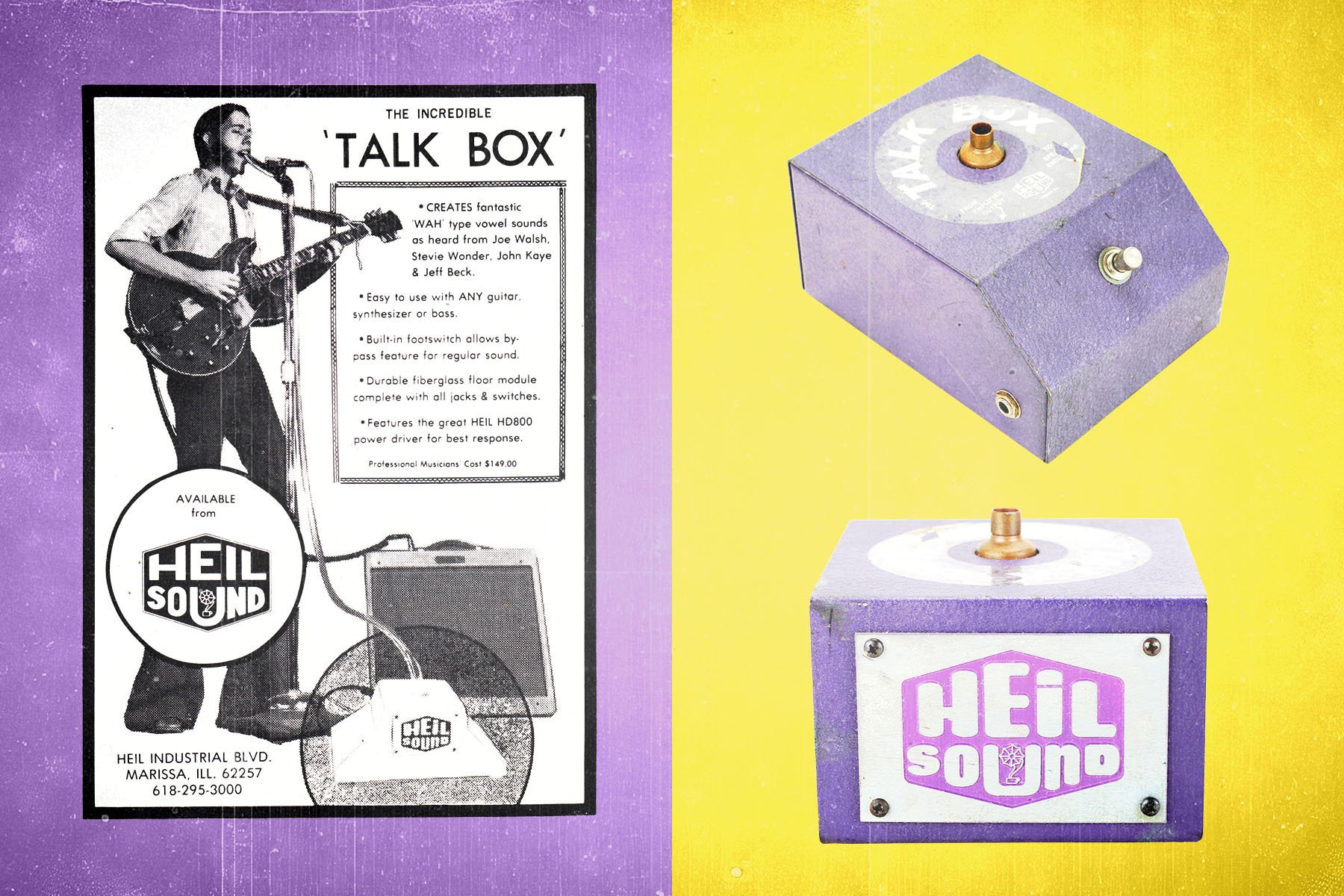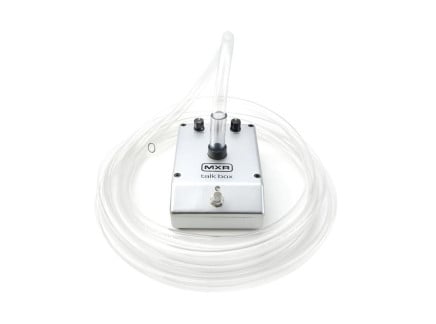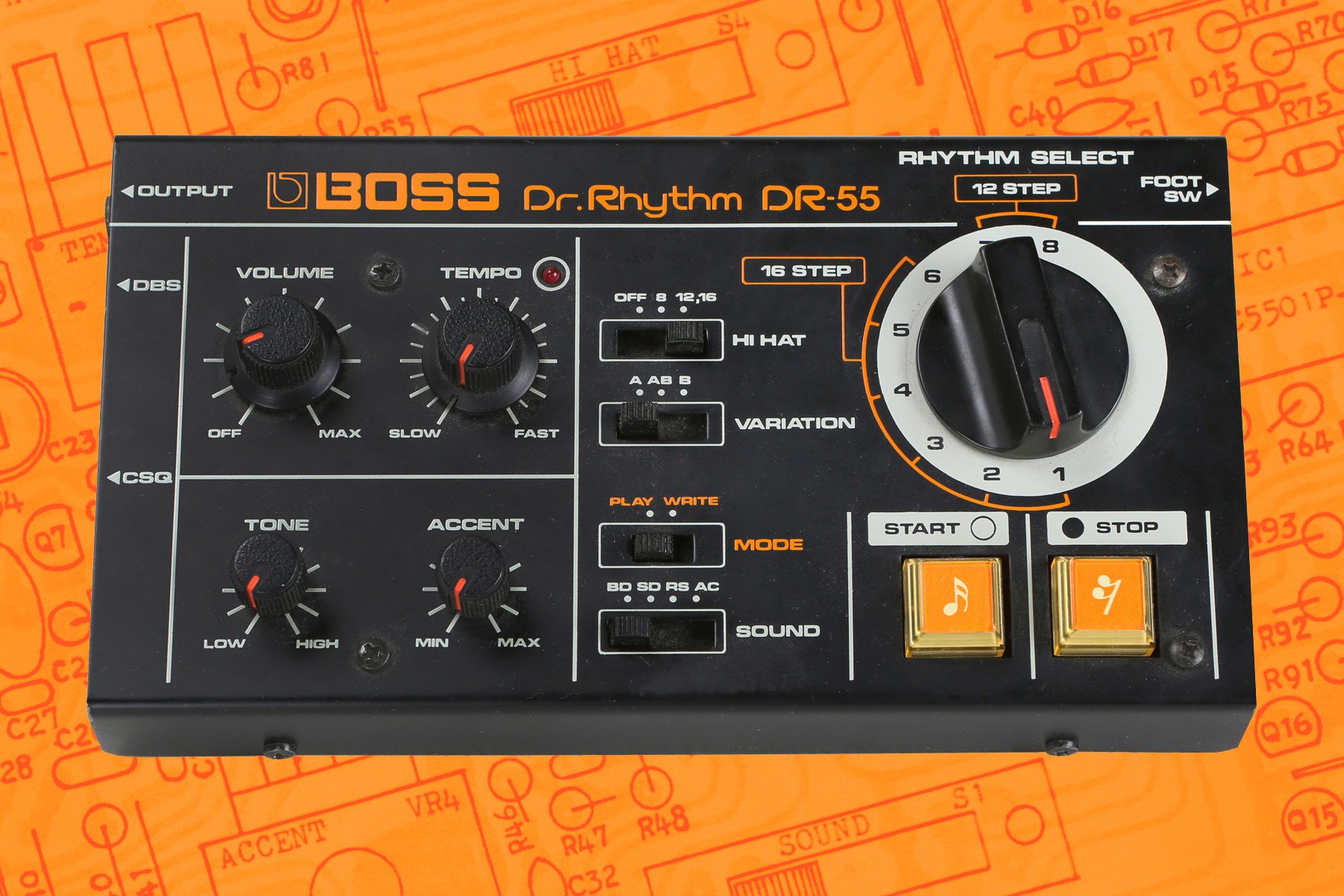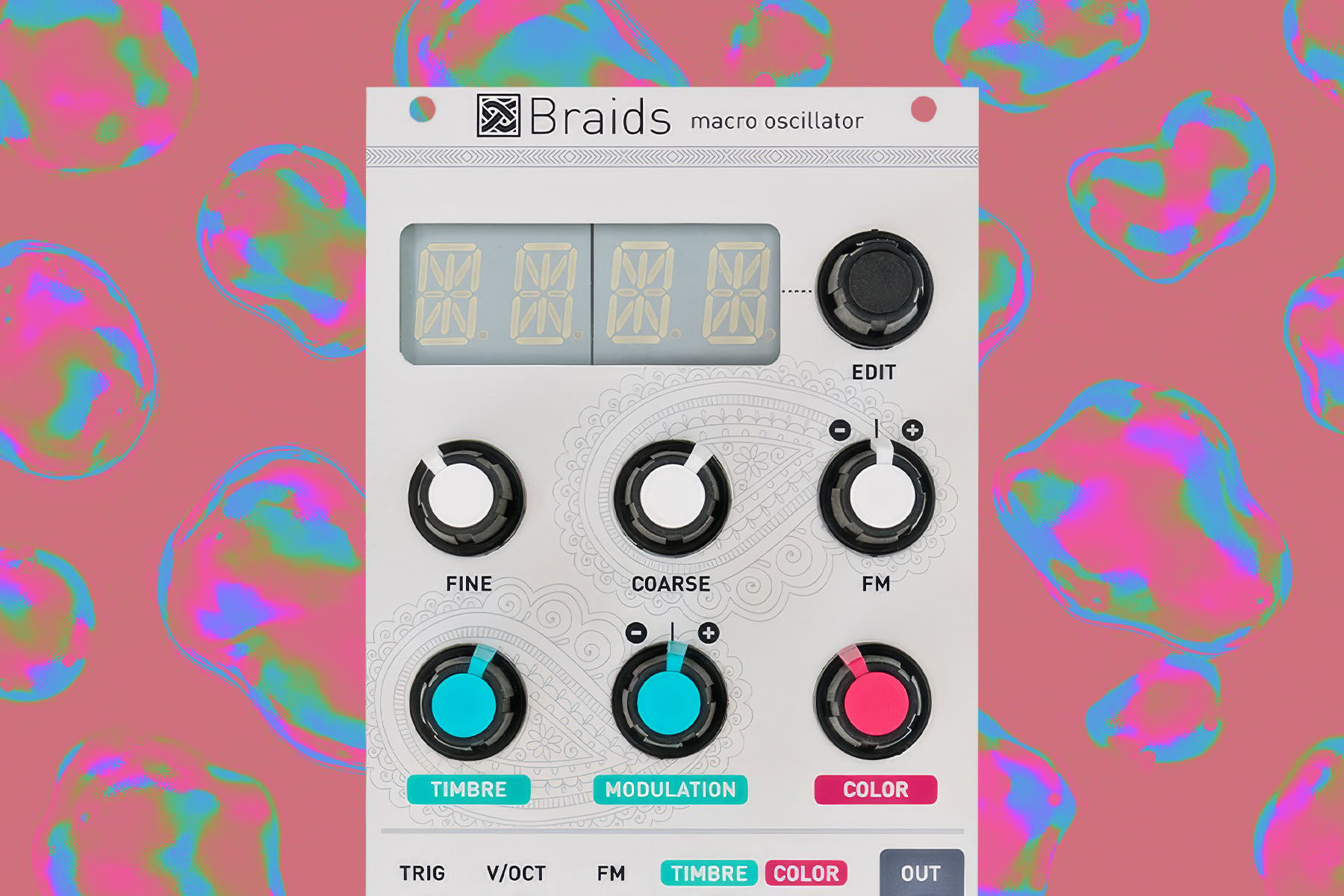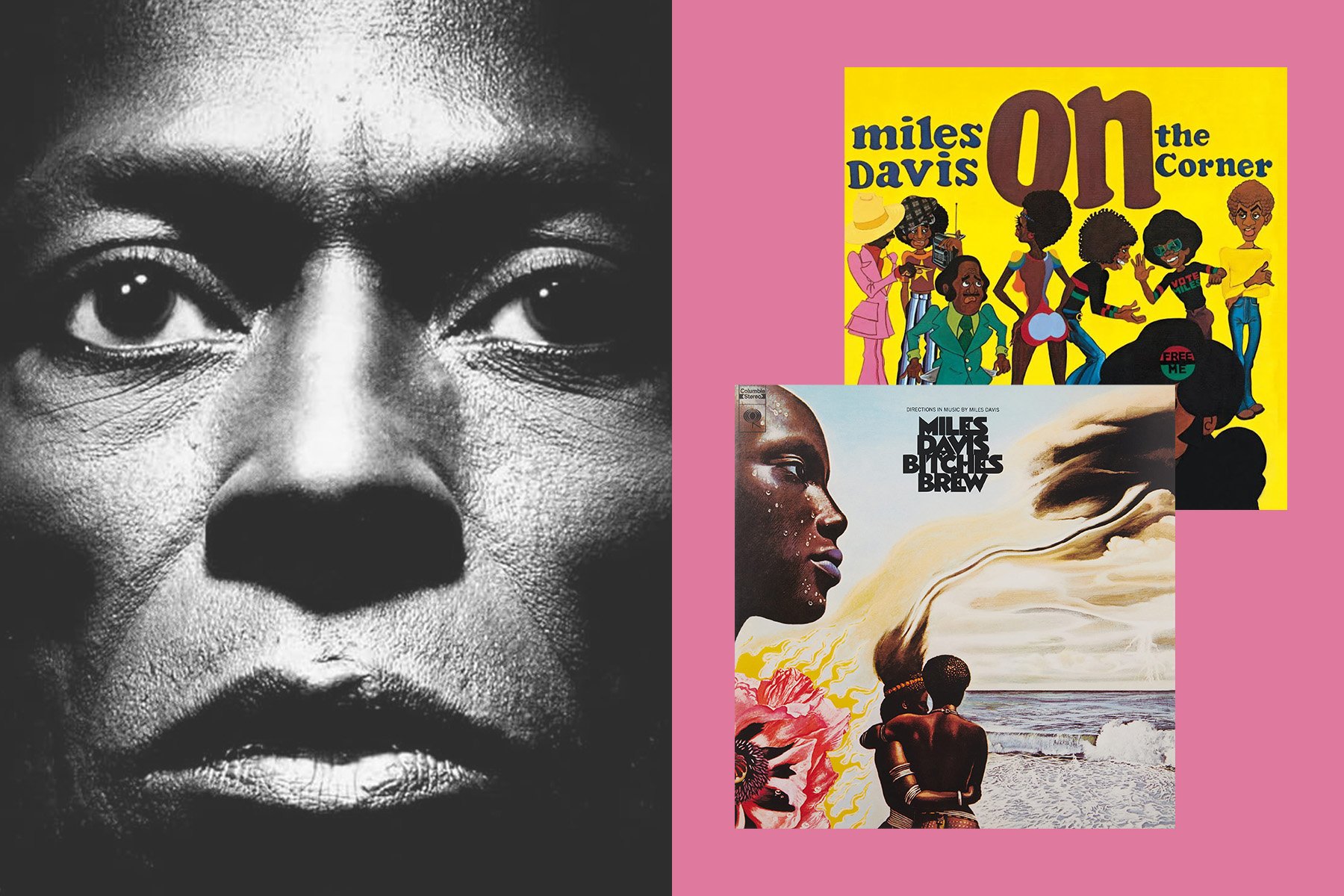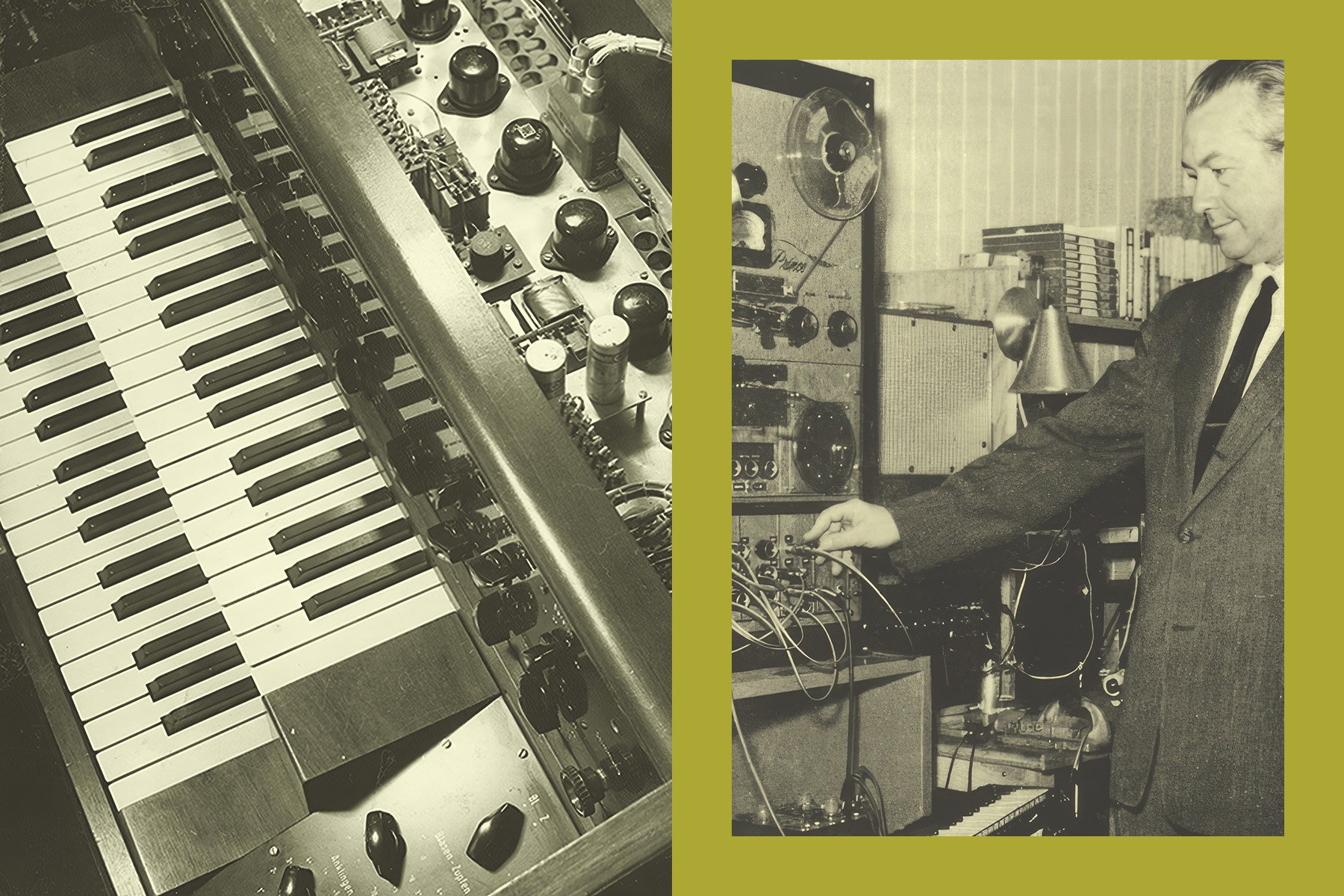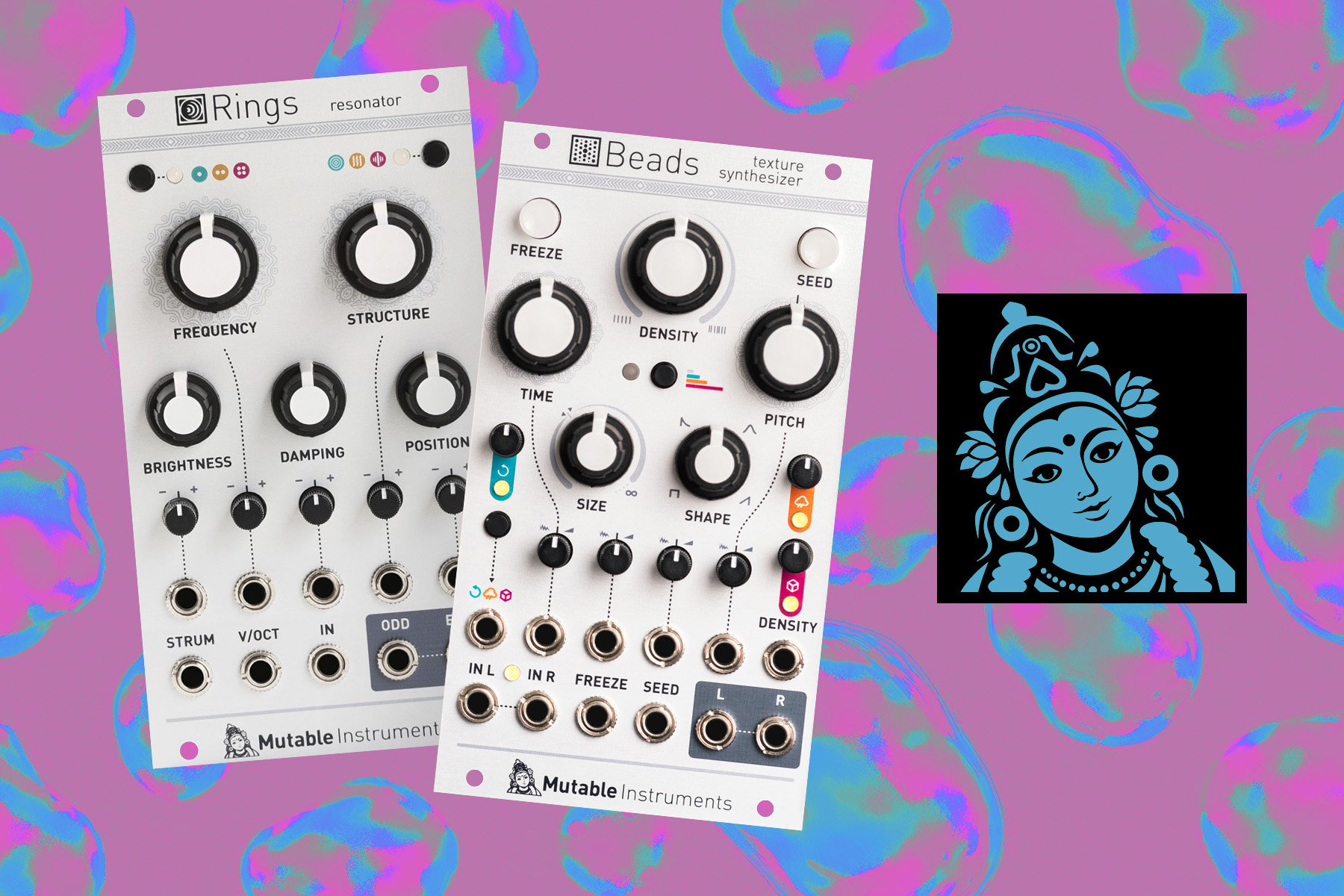If you were watching a video right now rather than reading a text-based article, you would at this point be hearing me making some kind of embarrassingly enthusiastic whoap-wha-oh-whaow sound with my mouth. This would be in what may perhaps be a vain attempt to replicate at least something of one of the most famous song introductions of all time…for today, we are considering the Talk Box. This humble device is something of an oddity, but one that nonetheless holds an important place in musical history. Even if you have never heard of such a gadget before, you will definitely know of some tunes that make use of them, including Bon Jovi’s "Livin’ On a Prayer."
I bet you can hear it now. Right?
What is a Talk Box?

A Talk Box is an effects unit that allows the user to apply "vocal style" manipulations to the sounds produced by musical instruments such as guitars. The most common way of achieving such a feat is with a simple plastic tube that rests just inside a musician’s mouth. Amplified signals are sent through the tube, which can then be modulated by "talking" or forming shapes, and the resulting output picked up by a nearby vocal microphone. If you’ve ever spotted what looks a bit like a clear garden hose strapped to a mic stand before, it is very possible that this was for Talk Boxing (a phrase I have proudly coined). Ostensibly, you can use the amplified output of any musical instrument or sound source with a Talk Box, though historically this is a technique that has been primarily associated with guitars.
The distinctive sounds produced by the Talk Box, coupled with the device’s relative obscurity in the consciousness of mainstream pop-culture, means that they can often be confused with the far more well-known vocoder. Everybody knows about the "robot voice," after all. However, whilst the two may be similar sonically, they are very different in terms of the technical nature of their operation. For a start, Talk Boxes are "analog" in the sense that it is the musician’s mouth (as well as the tube) that is physically modulating the source, whereas the vocoder itself shapes the sound, based on the nature of an input signal.
Interestingly enough, whilst Talk Boxes tend to be associated more traditionally with rock music, and vocoders more with electronica, the vocals in Daft Punk’s "Around the World" were apparently recorded with a Talk Box rather than a vocoder…which may seem counter-intuitive! Though with that pesky French duo, you can never quite tell what the real truth is.
History of the Talk Box
Use of the human voice as a modulation source is not a recent phenomenon. In fact, the concept has been around for almost a hundred years, and you can find video evidence of this in the form of live performances from as far back as the 1930s. In these earlier implementations, contact microphones would be placed on a person’s throat, and wired in reverse to send signals through their larynx. One of those credited with coming up with—or at least bringing the concept to the attention of the masses initially—was Alvino Rey, an American jazz guitarist who used it to make his pedal steel guitar "Stringy" speak.
Around about the same time (in 1939), supposedly inspired by a conversation that he had with his wife whilst shaving, one Gilbert Wright came up with something called the Sonovox—which is now considered to be a spiritual predecessor of the Talk Box. This operated in a fashion akin to medical devices known as an "electrolarynx," which make use of vibrations to help people who have had their voice boxes removed form vocalizations, and for a period, this unusual bit of equipment ended up in use commercially, to create off-beat radio jingles and kids’ shows.
As time marched on, so did the Talk Box concept, and in the 1960s, pedal steel guitarist Bill West began to use the plastic tube method to direct sound into the operator’s mouth, as opposed to attaching throat-mounted contact mics as was the case in previous iterations. It wasn’t long before his friend and fellow guitarist Pete Drake began to make good use of his DIY contraption for his own music, and a great example of this can be seen in performances of his song "Forever" from 1964. The result is beautiful in a really unusual, ethereal way, marked a significant development in the history of the Talk Box. It is so strange yet familiar that it makes you wonder what people must have made of the thing at the time.
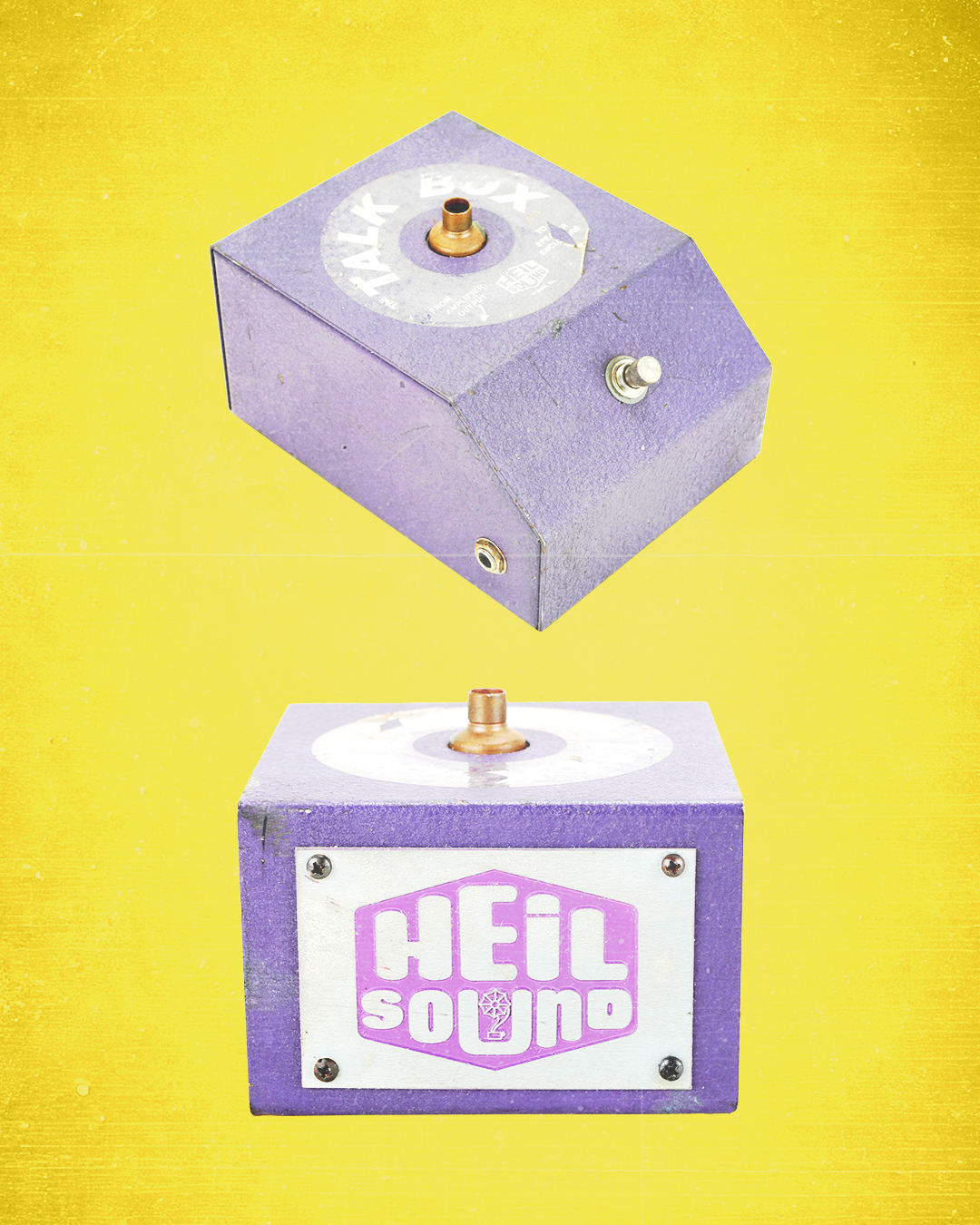
The first version of a mass-market "Talk Box" followed not too long afterwards, and came in the shape of a rather strange looking creation called "The Bag"—from a company called Kustom Electronics. Released at the end of the '60s, this thing had all the appearance of a battered old set of bagpipes and was designed to be slung over your shoulder to be used in live performance. Artists like the Osmonds and Jeff Beck did so—with some pretty impressive results—although it was apparently not the most practical instrument to contend with, and let’s be honest…not the most visually appealing either.
Fortunately, this particular variation of the technique was rather short-lived, with legendary American audio engineer Bob Heil coming up with a new design just a few years later, which would go on to become the basis for almost all future versions of the Talk Box. This provided a much higher audio output level, and a more robust physical construction—which was baked into a metal box that sat at a musician’s feet, like any other effects pedal.
Notable Talk Boxers
Despite arguably being something of a relatively unknown effect in the grand scheme of things, the Talk Box has definitely had a considerable impact. Many successful artists have made use of the Talk Box, and one of those most commonly associated with the technique is Peter Frampton, who made it something of his signature in the 1970s—though he was originally introduced to it by none other than Pete Drake, known at the time as the King of the Speaking Guitar.
The Talk Box also has a habit of popping up in places that you might not expect. "Sweet Emotion" by Aerosmith, "Guerilla Radio" by Rage Against the Machine, "Beverly Hills" by Weezer, and "Just a Girl" by No Doubt are just some of the diverse popular titles which have made use of the effect. Stevie Wonder used it in conjunction with synthesizers rather than guitar, and believe it or not—the distinctive characteristic of the main vocal line in "California Love" by 2Pac wasn’t down to auto-tune as is sometimes assumed, but…yep,you guessed it: a Talk Box.
Whether used in a subtle fashion, or to give a really distinctive lead sound that becomes integral to a track and helps it stand out—the Talk Box has cemented its importance.
Talk Boxing Today
Whilst to some the Talk Box may seem like something of a novelty instrument, there are many reasons that you may want to explore it for yourself. Perhaps you are in a Bon Jovi cover band, a big fan of Canadian funk-artists Chromeo, or simply find yourself drawn to the more unusual side of music production ephemera... this all leads us on to the question of how to achieve such an effect.
Enterprising individuals may seek to rig up their own DIY versions of a Talk Box like Bill West, though by far the easiest and most accessible route is to make use of a purpose-built option, such as the MXR M222 Talk Box pedal. These are direct descendents of Bob Heil’s design which was sold to Jim Dunlop, and includes everything you need such as the (plastic) tube, amplifier, speaker driver, as well as individual tone, volume, and gain controls…all wrapped up in a sturdy, gig-ready metal housing. Perfect for those hair metal gigs.
In a time where artists seem to be in an endless pursuit of distinctive sounds or unusual bits of gear to experiment with, the Talk Box seems like both a novel and often-overlooked option. Perhaps this is because of its historical association with guitars—something that leads other musicians to foolishly dismiss it out of hand.
Or maybe it’s just down to the fact that people get weird about the idea of placing a plastic tube in their mouth. I guess it’s not the kind of thing you would want to share with anybody else. Either way, this could be your opportunity to get the jump on the next big thing, and I for one am willing to bet that we are going to witness a Talk Box resurgence in the coming years. Mark my words.

